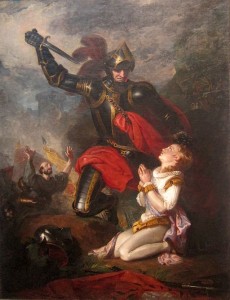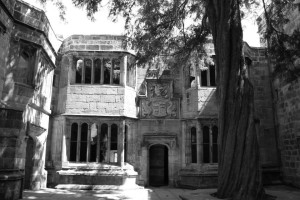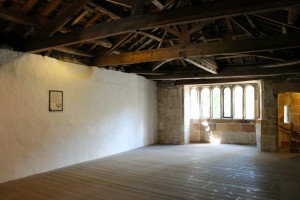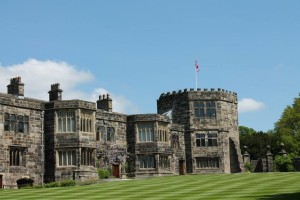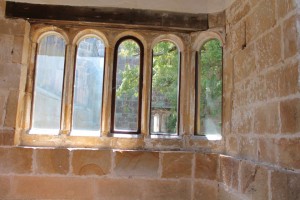John Clifford
John Clifford was born in 1435 at Conisbrough Castle to Thomas Clifford, Eighth Baron Clifford, and Joan Dacre. His great-aunt and godmother, Maud, was the dowager Countess of Cambridge, and Conisbrough was her main residence. (Conisbrough would eventually pass to her step-son, Richard, Duke of York).
Clifford grew up in relative obscurity. He married Margaret Bromflete, the daughter of Henry Bromflete. In 1455, his father fell at the Battle of St Albans. Clifford had not yet reached his majority, but within a year he would gain his inheritance. A devout Lancastrian, Clifford was present at the Battle of Wakefield where Richard, Duke of York, was slain.
The Butcher on the Bridge?
A contemporary account states that Clifford killed Edmund, Earl of Rutland, as he fled the battle. Tradition holds that this happened on Wakefield Bridge. However, John Leland gives Clifford a nicknames, stating that ‘The Lord Clifford for killing of Men at this Batail was caullid the Boucher’. However, it is Hall’s Chronicle of events that entirely destroys the reputation of John Clifford. He turns Edmund from a seventeen-year-old into a twelve-year-old child, who is on his knees, mutely begging Clifford for his life. In Hall’s version of events, Clifford says, ‘By God’s blood, thy father slew mine and so will I do thee and all of thy kin,’ before striking Edmund in the heart with his dagger. Clifford then coldly turns to the priest and tells him to tell Edmund’s brother and mother what he had done. Hall calls him a ‘child killer’.
Clifford would die at Dittingdale on the day prior to Towton. He left an heir, Henry, who legend would cast as the ‘Shepherd Lord’. While largely debunked today by historians, the legend of a young boy hiding as a shepherd to escape death from revenge-seeking Yorkists makes for a good story.
Skipton Castle
Skipton Castle, part of Clifford’s holdings, is located in Yorkshire. It is a well-preserved medieval castle well worth a visit. The conduit court is beautiful, and legend has it that the Yew Tree there was planted in the seventeenth century by Anne Clifford, who restored the castle to its former glory. The castle is tourist-friendly, and its website even includes a 3-D layout. Make sure you see the Chapel of St John the Evangelist while there.
Sources
Sources: Henry Summerson, ‘Clifford, John, ninth Baron Clifford (1435–1461)’, Oxford Dictionary of National Biography, Oxford University Press, 2004 (accessed 18 January 2015).
Hearne,Thomas. The Itinerary of John Leland (accessed online at https://books.google.com/books/reader?id=S9EBAAAAMAAJ&printsec=frontcover&output=reader&pg=GBS.PA42)
Hall’s Chronicle (Accessed online at https://archive.org/details/hallschronicleco00halluoft)
